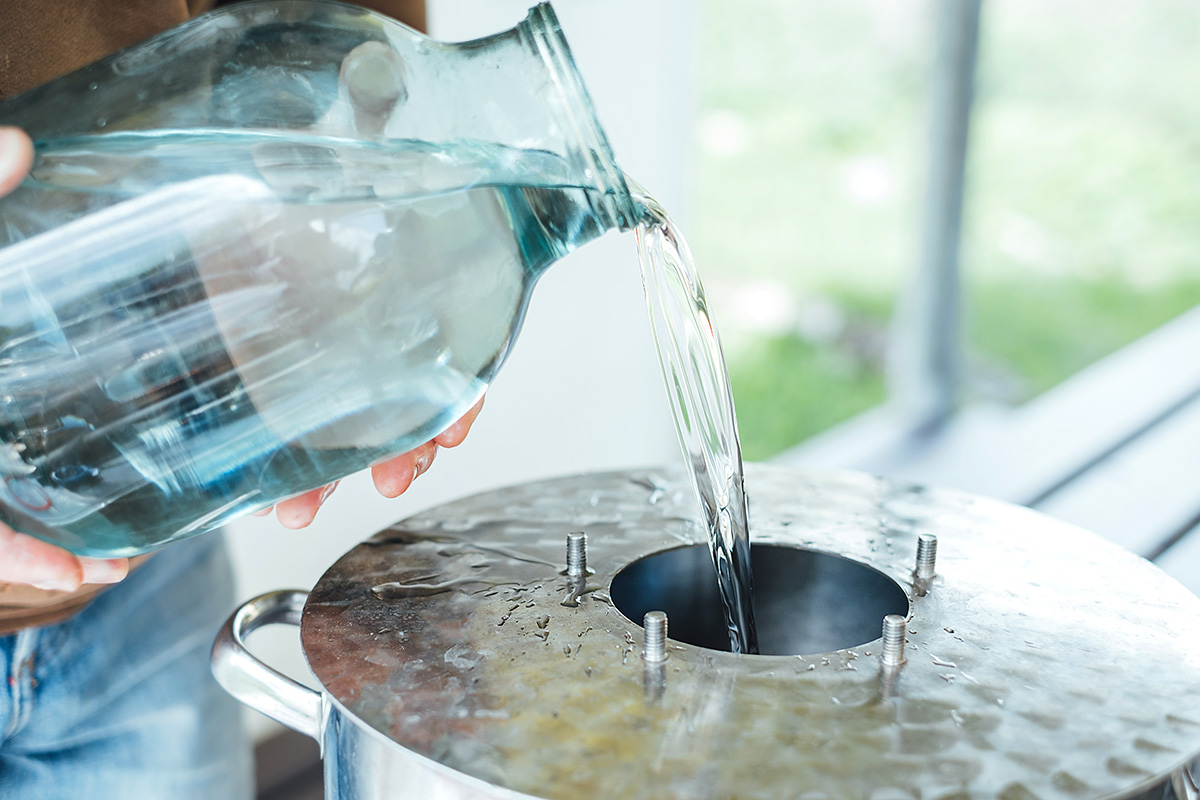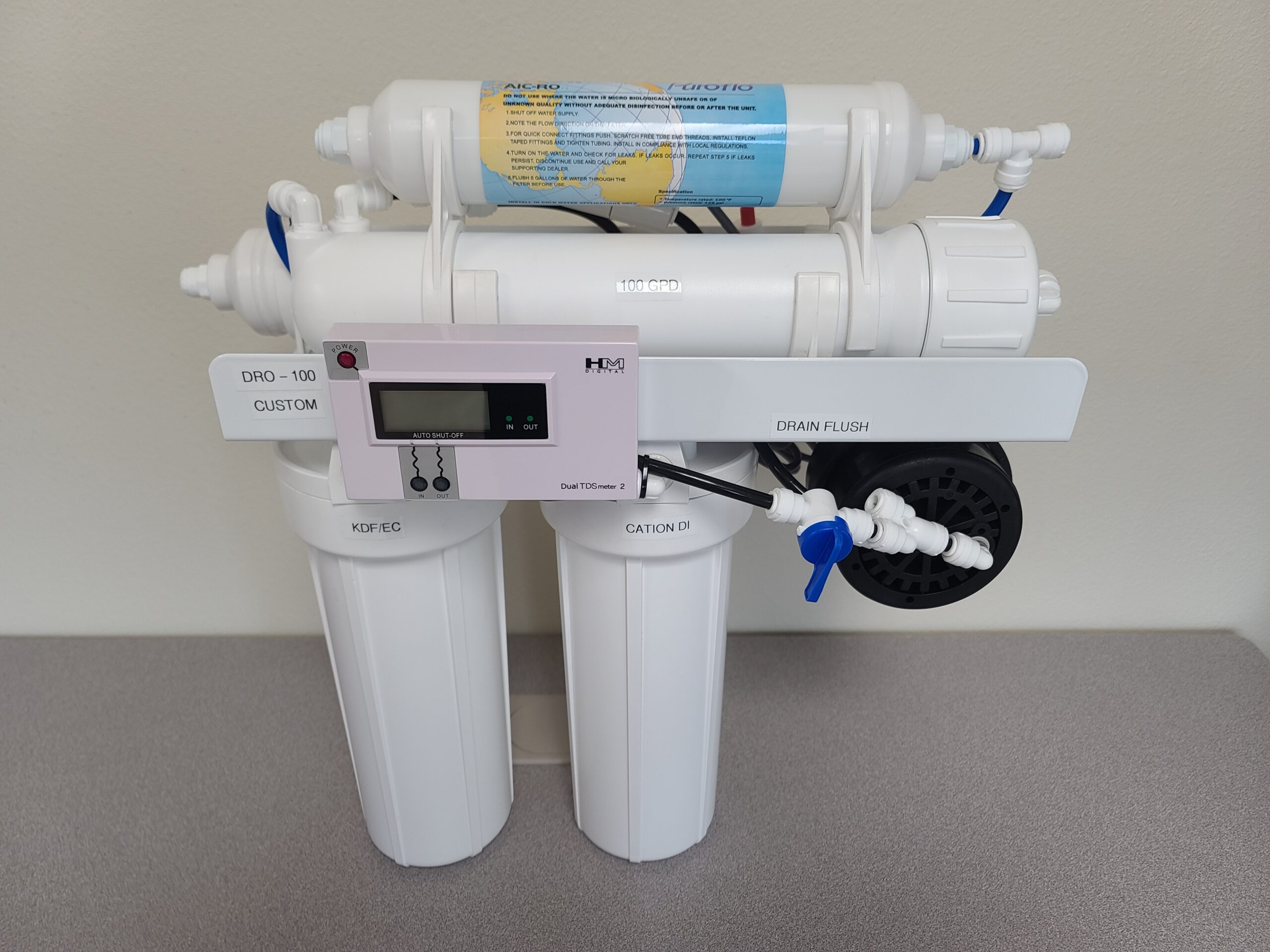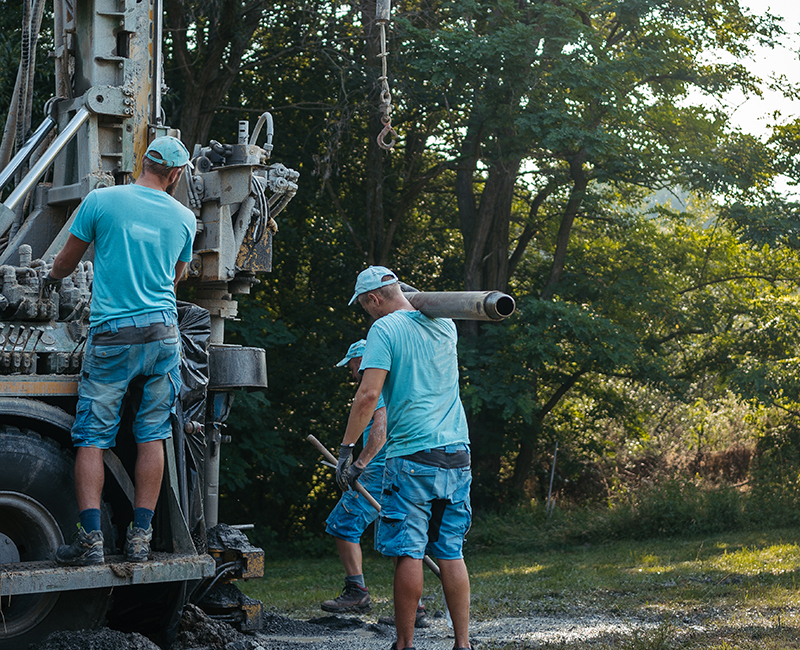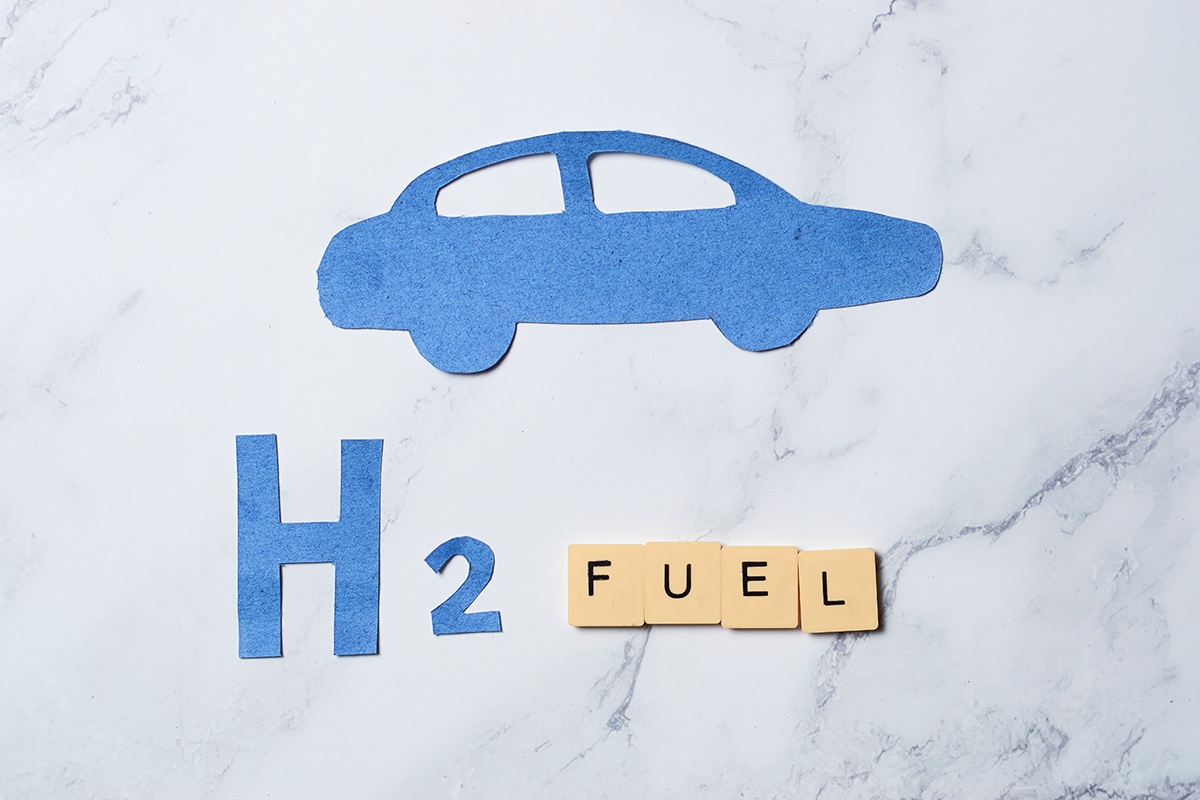Polluted Water Problem Resolved
In recent months, the public has learned that the 2 hot water tanks at Memorial Elementary School in Burlington, MA had failed. The tanks were installed with the new Memorial building in 2011 but failed before reaching their 5-year guarantee, leaving 14 months before they expired. This led to a variety of polluted water problems. In an effort to not have this as a recurring issue, the newly-installed tanks are stainless steel with a 15-year warranty.
High levels of copper and lead were reported in one sink in the cafeteria during one of the several water quality tests conducted annually by the town’s Water Department at each school. The sink was the only one found in the area to test positive for elevated levels of copper and lead. A water fountain was also tested and did not have the same levels.
The School Department subsequently conducted its own investigation with the help of some expert plumbing professionals similar to those at Metro Vancouver Plumbing. The results revealed the need for replacing a back-flow preventer. A new backflow preventer was installed and after another water test was conducted, the department reported copper and lead levels well below the Department of Environmental Protection’s threshold.
Everything is back on and usable except for the one sink in the kitchen, which is not being used for cooking. It is more of a discoloration issue, not a polluted water issue, as the levels are all below where they need to be. It just does not look attractive.
Craig Robinson, Director of Finance and Operations
Copper and Lead in Drinking Water
Copper and lead turn out in our water source as a result of erosion of natural deposits, corrosion of household plumbing systems, or a lack of safety equipment like a back-flow preventer. The latter two can be inspected for and resolved by a plumbing service similar to https://www.americaneagleplumbing.net/lago-vista-plumber/. Should these metals enter your fresh drinking water supply then they can cause health problems – especially if present in public or private water supplies in amounts greater than the drinking standards set by the EPA.
How Will I Know If There Is Copper or Lead in My Water?
If you are concerned about the presence of these metals in your drinking water, the first thing to do is to have your water tested by a certified laboratory. Water testing is the only sure way of telling whether there are harmful quantities of copper or lead in your drinking water since you cannot see, taste or smell these metals dissolved in water. Once the testing is done, you might want to call for a great plumber in Milford or somewhere near your location to check how this problem could be fixed. In our on-site laboratory at Dime Water Inc., we routinely test for:
- Physical appearance -pH -DO -TDS -Conductivity –Copper
- Calcium and magnesium hardness -All forms of iron -Manganese -H2S
- Chloride -P and M alkalinity -Nitrates/Nitrite -Oil -Bacteria P/A -Calculate LSI
- Arsenic -Fluoride -Chlorine -Chloramines -CO2 -Tannins –Silica
How to Reduce Elevated Copper and Lead Level in Your Drinking Water
Public water suppliers should use corrosion control, which is an effective treatment technique to reduce the amount of copper in drinking water. As for lead, the more time water has been sitting in your home’s pipes, the more lead it may contain. Most lead in household water usually comes from the plumbing in your house, not the local water supply. You may want to have your pipes replaced by professionals such as those from this website (https://macvik.com/plumbing/plumbing-service-areas/denver/).To reduce lead in drinking water at home:
- flush your pipes before drinking
- only use cold water for consumption
- flush your cold water pipes by running the water until it becomes as cold as it will get, anytime a particular faucet has not been used for 6+ hours
- use only water from the cold water tap for drinking, cooking and baby formula
Call us at 760.734.5787 and get in touch with one of our water experts today to learn more about removing copper and lead from your drinking water.
Resources:










